- Homepage
- News and Features
- A return to golf in Wales
A return to golf in Wales
A return to golf in Wales
Welcome back to your golf course, it’s great to have you back and we’re delighted that members and visitors can once again enjoy the great benefits of golf.
While you’ve been away, your greenkeeping team has been hard at work to prepare the course for your return. But you should know that it hasn’t been easy and so you may discover that things around the course aren’t quite as you would expect this time of year.
What has caused this?
With a global pandemic taking place and golf courses closed, the management of your facility may have elected to furlough a portion of the team as a means of preserving the health of the facility. Furlough may have enabled a flow of money into the business, but it will have reduced the work the greenkeeping team has been able to complete.
Around the UK greenkeeping teams during the winter account for approximately six members of staff at an 18-hole facility. On average, half of these greenkeepers have been placed on furlough during the latest lockdown, meaning that each golf course has had around 120 hours of work that can no longer be completed every week.

“We had 500mm extra rainfall last year on top of the average, which impacted what we could do through the winter. It’s put a strain on greenkeepers and I know some haven’t cut their fairways in a long time because they haven’t been able to get on the course. With such short notice before courses open, it just adds to the pressure they’re feeling.”
Lucy Sellick
Head Greenkeeper, Wenvoe Castle
Although greenkeepers have not had restrictions placed upon their activities in the most recent lockdown, there has been a global pandemic that has made everyday activities such as team meetings, lunch breaks and the organisation of duties difficult. Likewise, staff may have been balancing childcare and supporting vulnerable family members through this difficult period.
Additionally, the winter weather has not been kind and this will have impacted what can be achieved by the greenkeepers who have been at work. Winter is generally a quieter time on the golf course and so greenkeepers take the opportunity to undertake course renovations such as rebuilding bunkers or managing areas of woodland. More than 70% of Welsh greenkeepers who completed a recent survey said they have not been able to achieve their ambitions for renovation and improvement this winter. This is partly due to the incredibly poor weather we had throughout the past winter. In Wales there was 154.5mm of rainfall during February, more than 70% more than the average for the month. The UK also felt the effects of storms during the season. Storm Bella led to an amber weather warning being issued for parts of south Wales and a Yellow warning for wind was issued. This was followed by Storm Christoph in January and Storm Darcy during early February, which brought strong winds, snow and cold weather.
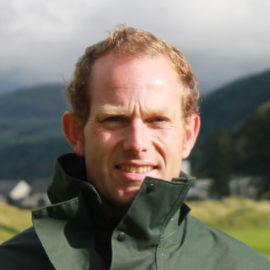
“If the weather had been good, it would have been amazing to welcome golfers back, but unfortunately the start of this year has been colder than we have seen for a number of years. Greenkeepers haven’t been able to do everything they would like so a little patience until we are able to move forward will be hugely appreciated.”
Rhys Butler
Course Manager, Royal St David's
When weather conditions are so poor, it is often unsafe for the greenkeeping team to use the machinery at their disposal for basic course maintenance, such as mowing fairways and greens. Wet weather can cause machinery to slip and slide, which increases the potential for serious injury, but also risks causing damaging the course itself and so many greenkeepers will have avoided attempting to mow the course for much of the winter. If this is the case, it may take time for the height of the grass to be returned to normal and the team will be undertaking aeration practices to remove any lateral growth and compaction that has occurred.
What might you notice around the course?
Your ball may roll slower on the greens
During the winter we generally raise the height of cut to protect the plant health. Grass cannot be immediately cut down to its regular playing height as this risks shocking the plant, leading to increased disease risk and even potentially killing the greens. Instead the greenkeepers will steadily be reducing the cutting height over the coming weeks
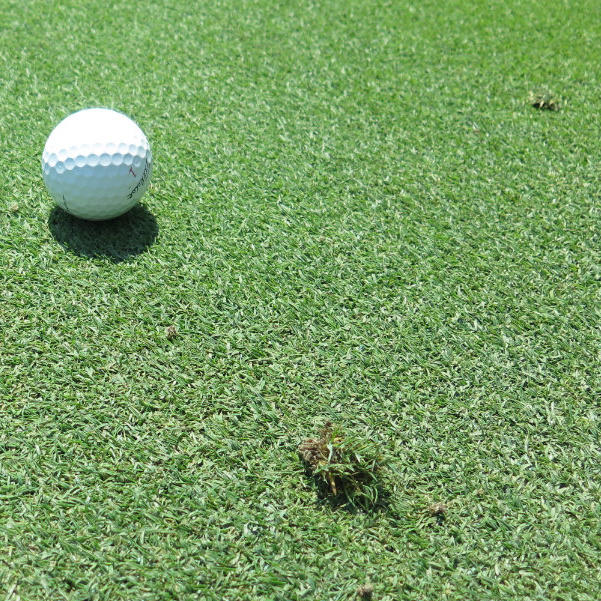
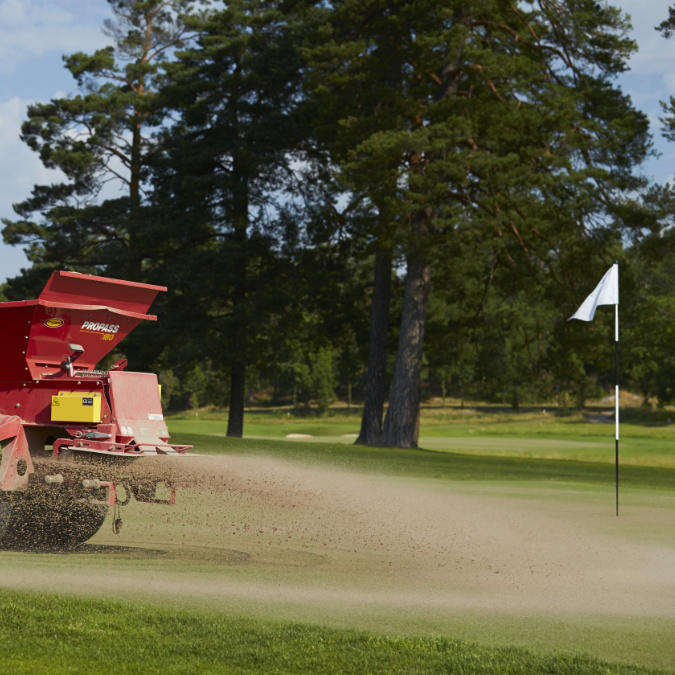
You may see aeration and topdressing taking place
With the recent poor weather, many greenkeepers will not have been able to undertake aeration activities, using machinery such as spikers, verticutters and sand-injectors. This activity is vital as it prevents the build-up of organic matter, creating a firmer, healthier and more even playing surface where putts roll truer. You may notice the greenkeepers undertaking this vital maintenance around the course or notice that there is sand on the playing surfaces. Please have patience as it is intended to support the long-term health of the facility.
There may be unfinished projects
It may appear untidy, but golf facilities have been given short notice that they can reopen and so the greenkeeping team may have turned their activities away from renovation projects towards preparing the course to enable you to play. For that reason, areas may be cordoned off or appear unfinished and the team will return to these as soon as they are able.
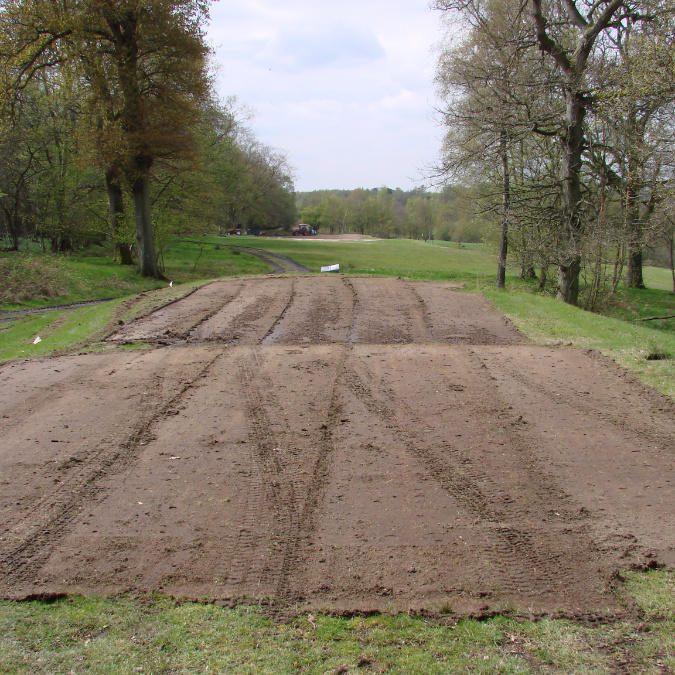
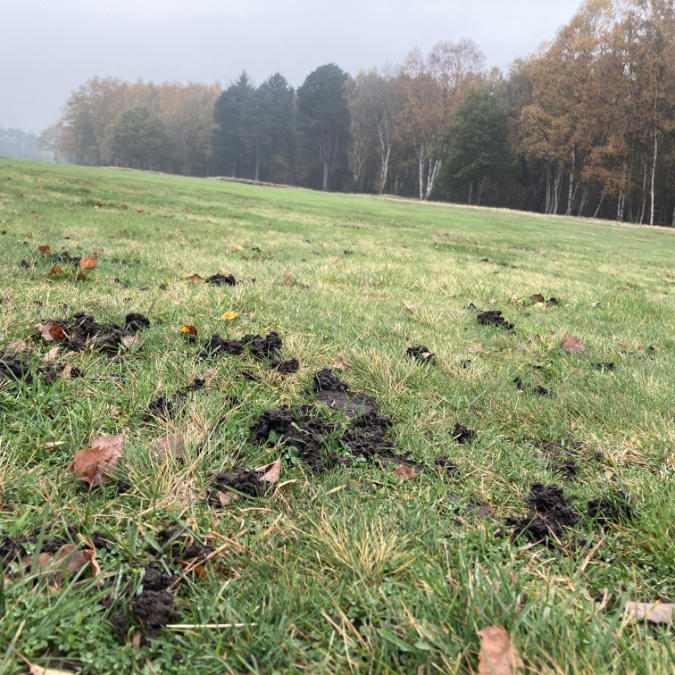
Worm casts
Worm casts are unpleasant for the golfer, especially if your ball lands among them. But worms are considered a beneficial species for turf health and as such any methods of controlling them have been withdrawn from use. There are cultural practices that greenkeepers can undertake to deter species of worm that cause casts, but due to the difficulties faced this year, these activities may not have been able to take place.
The greenkeepers may be more visible than usual
Tee sheets are anticipated to be busy once again this summer, which is incredibly welcome. That will put additional pressure on the greenkeepers to complete essential maintenance activities early in the morning and whenever they can find a gap on the course. You may notice your greenkeeping team at work more than before as they take every opportunity to get the facility looking top notch once again.
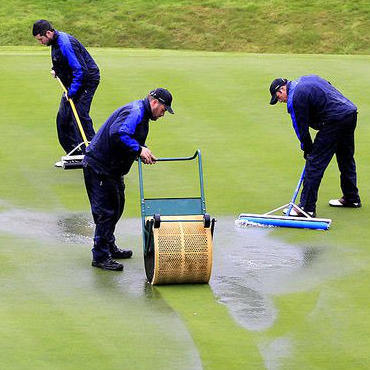
What can you do to help?
It’s incredibly important that you have patience with the team at the golf facility as they overcome the incredible challenges they have faced to enable you to play golf.
As you look around the golf course, you may not notice any differences compared to normal, or you may feel the course is completely different. Every facility has its own challenges caused by the availability or resources, budgets available, even the underlying soil conditions and localised weather pressures.
If you have any concerns or queries about the golf facility, approach your club or course manager in a constructive manner and have a conversation. There will almost certainly be a reasonable explanation for anything you encounter.
It is vitally important to understand that this may not be the case at your club and that the resources and working conditions available to every course are significantly different.
With all that in mind, we hope you enjoy teeing up at your golf facility once again and we wish you a happy and successful golfing season.
BIGGA Members can download a version of this feature to share with members at their golf club.
Author

Karl Hansell
Karl has been head of communications for BIGGA since March 2016. His duties include editing the monthly Greenkeeper International magazine, in addition to other communications activities for the association.


